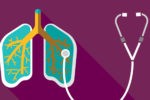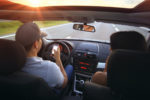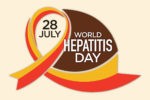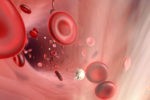April is National Facial Protection Month

As the weather begins to warm, there is a familiar surge of outdoor activities, as well as an unfortunate surge in facial and dental injuries. Most of them are completely preventable. At Healthy Kansas City magazine, we are honored to highlight April as National Facial Protection Month, to promote awareness and safe participation in sports and recreational activities.
With a rise in overall health awareness, an increased number of people of all ages are participating in a wider range of physical activities more frequently. With this comes an increased incidence of facial injuries. According to the National Journal of Maxillofacial Surgery, sports-related facial injuries account for 8% of all facial soft tissue injuries and up to 40% of all sports injuries involve the face. These injuries are most often due to direct hits with a ball or player-to-player contact.
A Spectrum of Injury
The types of sports-related facial injuries occupy a wide spectrum of complexity from simple injuries treated on the sidelines to more serious damage that may become life-threatening due to airway obstruction. Some may have long-term complications to vision, hearing, nerve damage affecting facial expression, and more. Facial injuries can have catastrophic consequences for athletes, so it is extremely important to mitigate the risks by encouraging the use of appropriate equipment. The goal is to decrease or disperse some of the forces to reduce the likelihood and severity of the injury. While no piece of equipment is going to be 100 percent effective at preventing injury, it can make a monumental difference in its severity.
Preventing Dental Injury
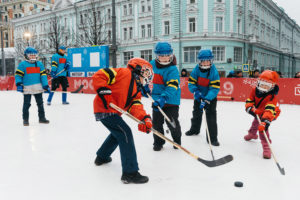
Dental injuries, which are one of the most common types of orofacial injuries sustained during participation in sports for all ages, may require dental rehabilitation and can have a long-term impact on speech, diet, and health.
The National Youth Sports Foundation for Safety contends that an athlete is 60 times more likely to sustain damage to the teeth when not wearing a protective mouth-guard. Frequently, these injuries result in permanent damage to oral structures which require medical intervention.
Fortunately, dental trauma is easily prevented in many cases. The American Dental Association recommends that mouth-guards be worn by athletes in competitive and recreational sports in which impact, contact, and collision are likely to occur. They further recommend athletes wear custom mouth-guards for the following sports: acrobats, basketball, boxing, field hockey, football, gymnastics, handball, ice hockey, lacrosse, martial arts, racquetball, roller hockey, rugby, shot putting, skateboarding, skiing, skydiving, soccer, squash, surfing, volleyball, water polo, weightlifting, and wrestling. Other experts include baseball and softball infielders on that list.
A Lack of Awareness

Despite it being the most vulnerable area of the body, the face is generally the least protected by all ages during sports and recreational activities.
Many athletes, even professional sports participants, are not aware of the health implications of a traumatic injury to the face and mouth or of the potential for incurring severe head and orofacial injuries while playing. Many more consider sustaining injury as an expected and accepted outcome of participation.
Despite expert opinion advocating for the widespread use of mouth-guards and facial masks in high-risk and high-contact sports or recreational activities, there remains a lack of awareness and resistance among both recreational and professional athletes. They commonly cite a lack of guidance from coaches, discomfort during use, a perceived impact on performance, a perceived lack of risk, and not being required to wear them as the main barriers to wearing facial protective gear regularly.
In Absence of Protective Gear
The incidence of facial trauma has been growing around the world due to several factors, including increased participation in a wider range of high-contact sports and the lack of adoption of protective gear, both voluntarily, or as regulation within organized sports.
The value of protective equipment is easily highlighted by considering facial injuries sustained during participation in basketball. Studies suggest that over half of all high school basketball players experience at least one maxillofacial injury over the course of a season. In general, basketball players are injured at a much higher rate than baseball or football players. Roughly between 3.8 percent and 23.1 percent of sports-related injuries are attributable to basketball. This directly correlates to the fact that there are no regulations requiring basketball players to wear protective headgear, eyewear, or mouth guards, unlike football or hockey players.
The most significant aspect in preventing sports-related orofacial injuries is wearing basic protective devices such as properly-fitting helmets, face masks, and mouth guards. While evidence shows that using protective gear rescues the incidence of injury, facial protection simply is not mandated in many sports. Where regulations do exist, there is room for stricter or more specific guidelines and better implementation across professional, semi-professional, recreational, college, high school, and youth sports.
Facial Trauma Affects All Ages
Nearly three million people in the U.S. are treated in emergency rooms for facial trauma each year. While there has been increased awareness and adoption of wearing other protective equipment such as helmets or elbow and shin-guards, facial protection is largely ignored or forgotten. Many of these injuries can be prevented with the proper gear like mouth-guards, sports goggles, and fielder’s masks.
Adults and youth who lead active lifestyles are more likely to get oral or facial injuries. Sports, particularly those that involve heavy contact, and recreational activities like bike riding are leading causes of trauma.
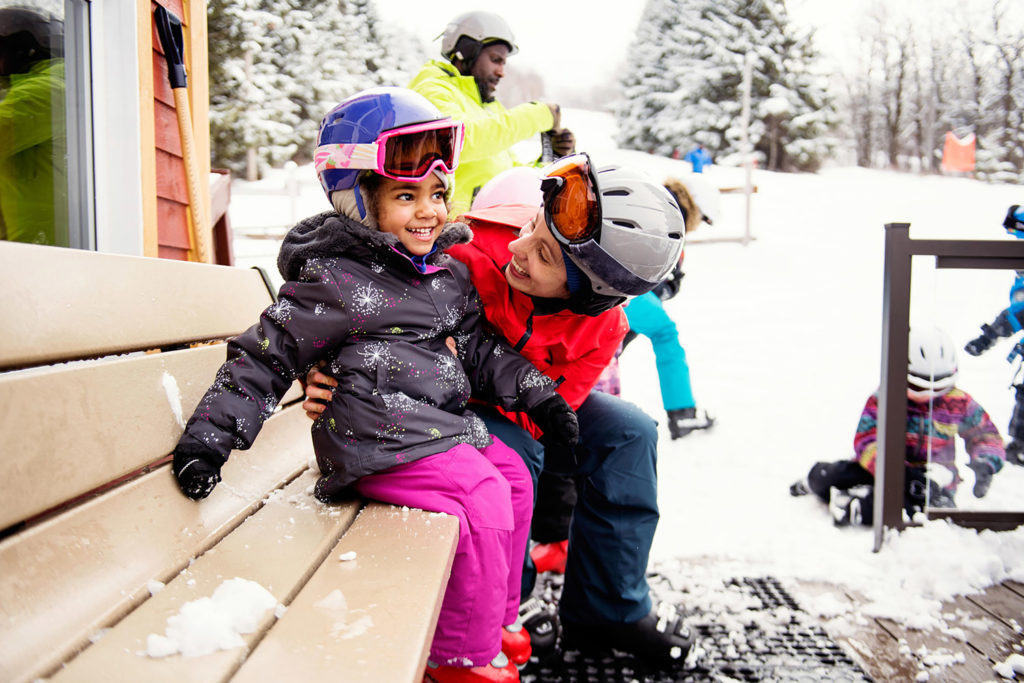
Increasing Awareness
Over the last decade, there has been growing awareness of facial and dental injury prevention, with more high-profile athletes voluntarily adopting preventative measures. It is vital we keep the momentum.
As the foundation of a healthy community, the medical and dental community can and should play an imperative role in sports facial protective gear advocacy and in informing athletes, coaches, and patients about the importance of preventing orofacial injuries in sports.
In honor of National Facial Protection Month, we encourage the community to enjoy the pleasures of the season by taking the necessary precautions to help prevention.
For More Information
- Academy for Sports Dentistry
- American Academy of Pediatric Dentistry
- American Academy of Pediatrics
- American Dental Association
- American Association of Oral and Maxillofacial Surgeons
- American Association of Orthodontists
